On 10 October 1909, 54 runners lined up at Frankston to compete in the first ever Victorian Marathon. Marathon running had debuted at the first modern Olympics in 1896, but this race was the first of its kind in Victoria. The runners began at Frankston’s Pier Hotel, and finished at Queens Statue in Melbourne (with five laps of an oval in Frankston included to make up the marathon distance of 42.2 kilometers). The race was won by AR Sime of New South Wales, in 3hrs 4 min 25 sec, a respectable time considering the conditions.1
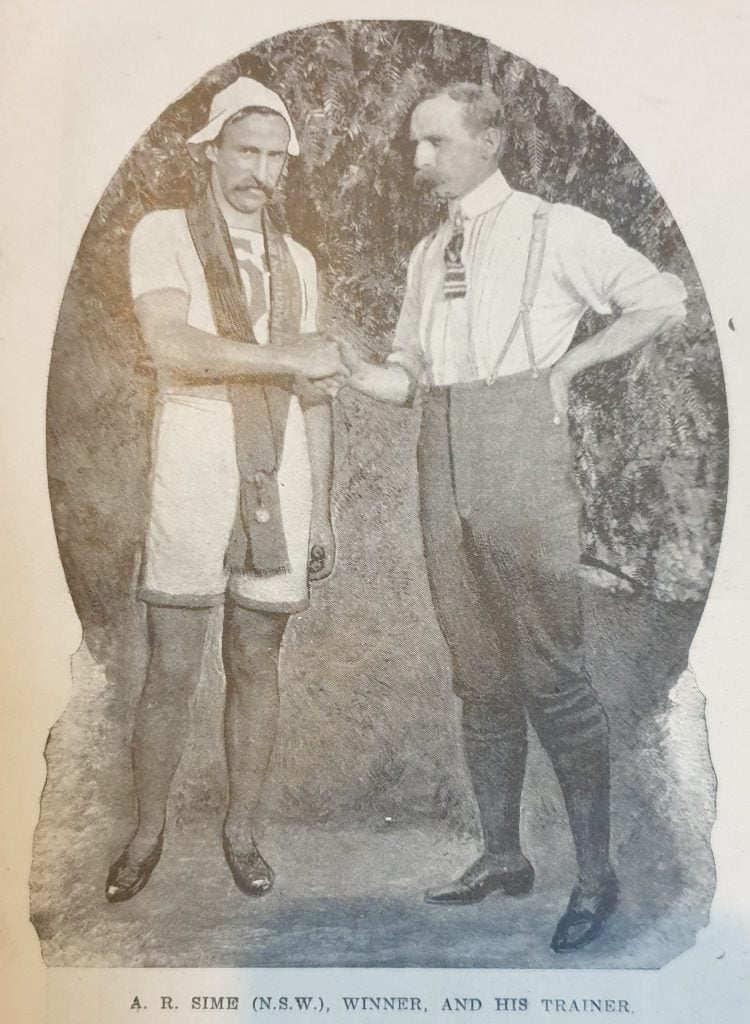

Today’s Melbourne Marathon runners enjoy wide sealed roads cleared of vehicles, but the 54 runners in 1909 had to share the road with their attendants – these support people would cycle beside the runners and hand them drinks along the way. To make matters more difficult, the course was famously windy 2 and the runners wore simple leather shoes without any cushioning. Because it was so taxing, competitors had to undergo a strict medical examination before the race.

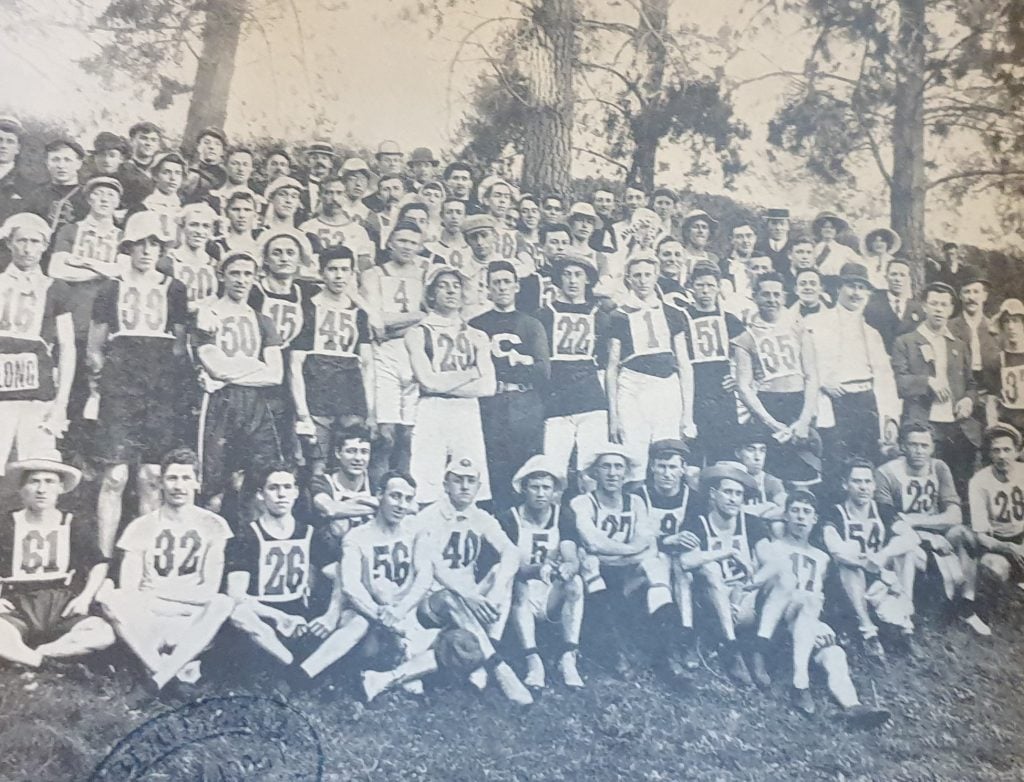
Various organisations have been responsible for the growth and promotion of marathon running in Victoria. That first marathon in 1909 was organised by The East Melbourne Harrier Club, one of the many athletics clubs established in the late nineteenth century. The Melbourne Harriers were the earliest of these, formed in 1890, with East Melbourne following not far behind in 1895. Early on, these clubs focused on shorter distance track events and cross country running, but later became involved in marathon running.3
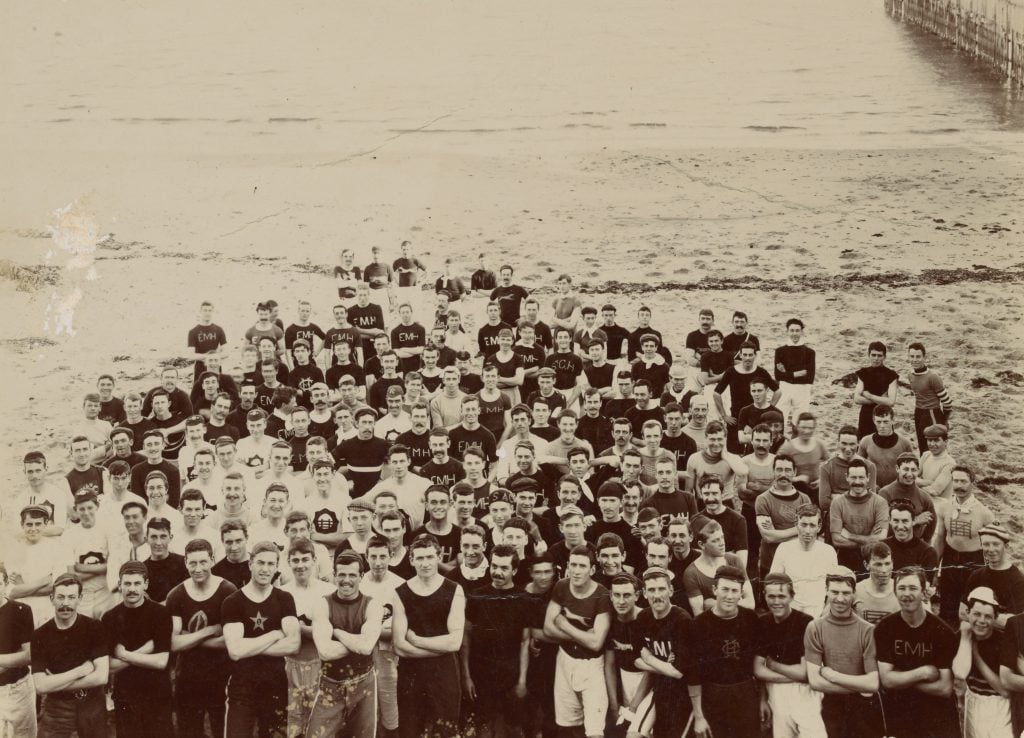
Another influential organisation, The Victorian Marathon Club, was established in 1946 to foster marathon running in Victoria. The club distributed a newsletter to its members, containing club news, race reports, and offering training advice. The newsletters show how much the approach to long distance running has changed over the years. Some of the tips offered in one newsletter were that runners should complete a minimum of 600 miles in training, shield themselves from the cold with 3 sheets of brown paper across their chest, and cover themselves in Vaseline all over!4
The 1956 Olympic Games saw the best runners in the world race on the streets of Melbourne. A crowd of two hundred thousand people lined up between the Olympic Stadium and Clayton to watch the marathon, an out and back course. Spectators watched from their front lawns, and cheering parties were organised in the suburbs the race passed through, including St Kilda, Carnegie and Oakleigh.5
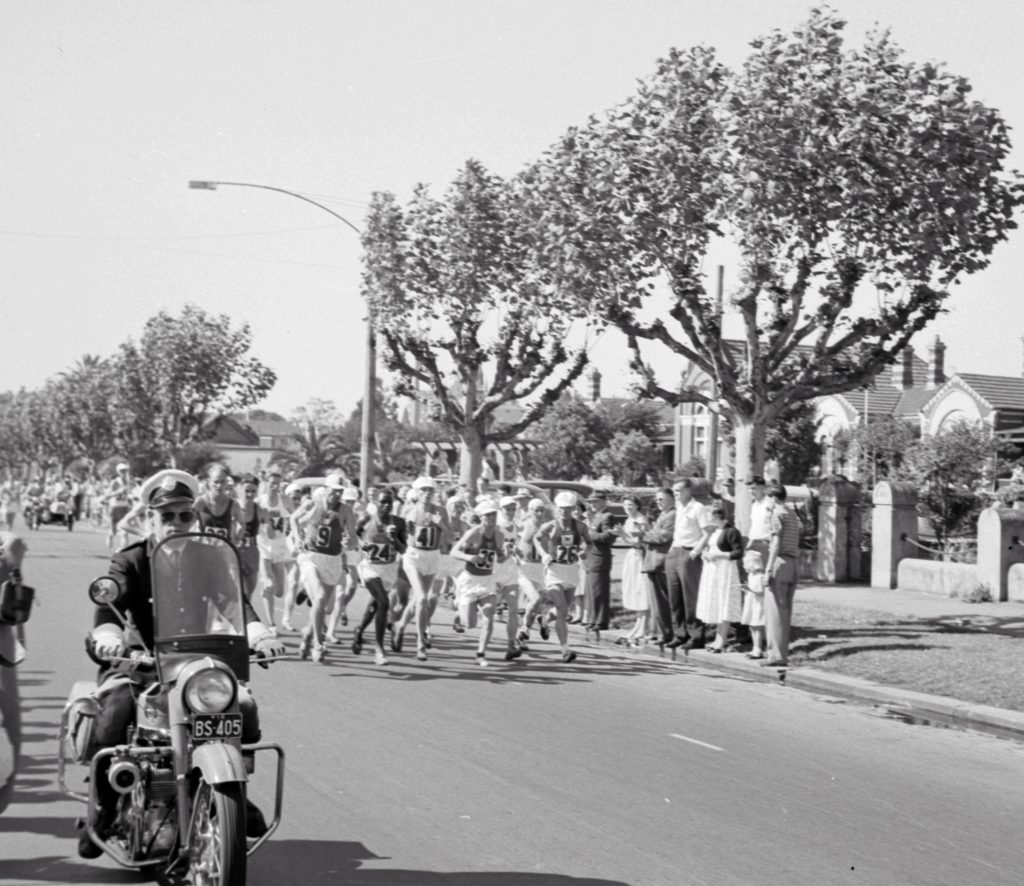
The marathon was won by the ‘poker faced’ Alain Mimoun of France. At this stage there was no women’s marathon – this would not be added to the Games until 1984. Mimoun’s victory was quite impressive, especially considering he hadn’t originally planned to run the marathon. But after a dismal performance in the 10,000 meters, he decided to run it, hoping to make up for his lack of success.6 The victory was special for Mimoun for two other reasons – he toppled Emil Zátopek, the Czech runner considered one of the greatest of all time, and his wife gave birth to a child the night before the race.7
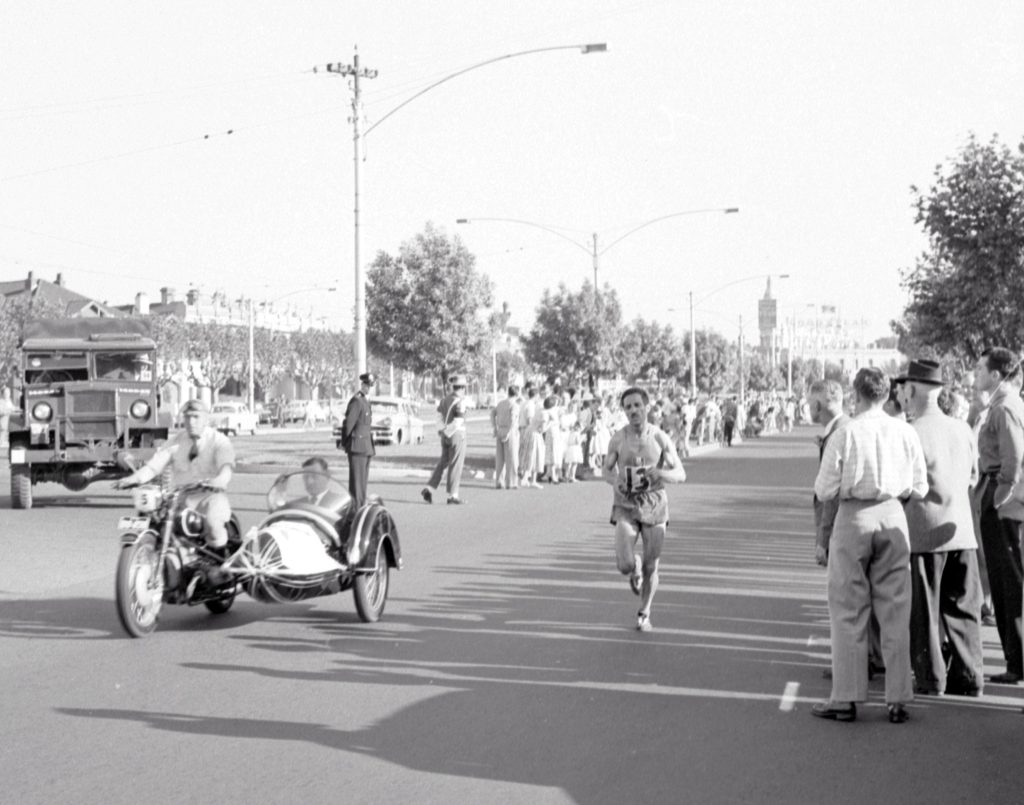
The modern version of the Melbourne Marathon started life as the ‘Big M Melbourne Marathon’ in 1978. Various courses have been used over the race’s history – in its early years, the race went from Frankston to Melbourne, just like that first Victorian Marathon back in 1909. State Library Victoria holds a series of images by Rennie Ellis from the early Big M Melbourne Marathons. From 2007 onwards, the course would finish at the Melbourne Cricket Ground, allowing thousands of runners the glory of finishing with a lap of ‘the G’. The international success of Australian marathon runners such as Robert De Castella, Steve Monaghetti and Sinead Diver, has seen the marathon grow in popularity over the years. In 2019 a record 7,026 runners completed the marathon,8 quite an increase from the 54 intrepid runners who lined up at Frankston in 1909.
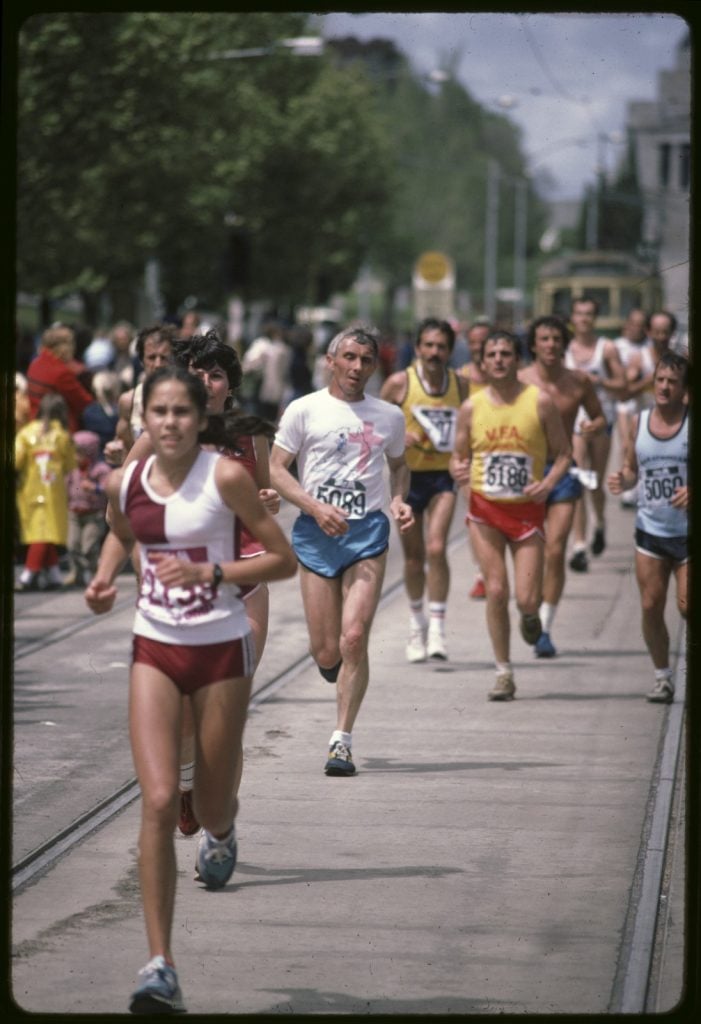
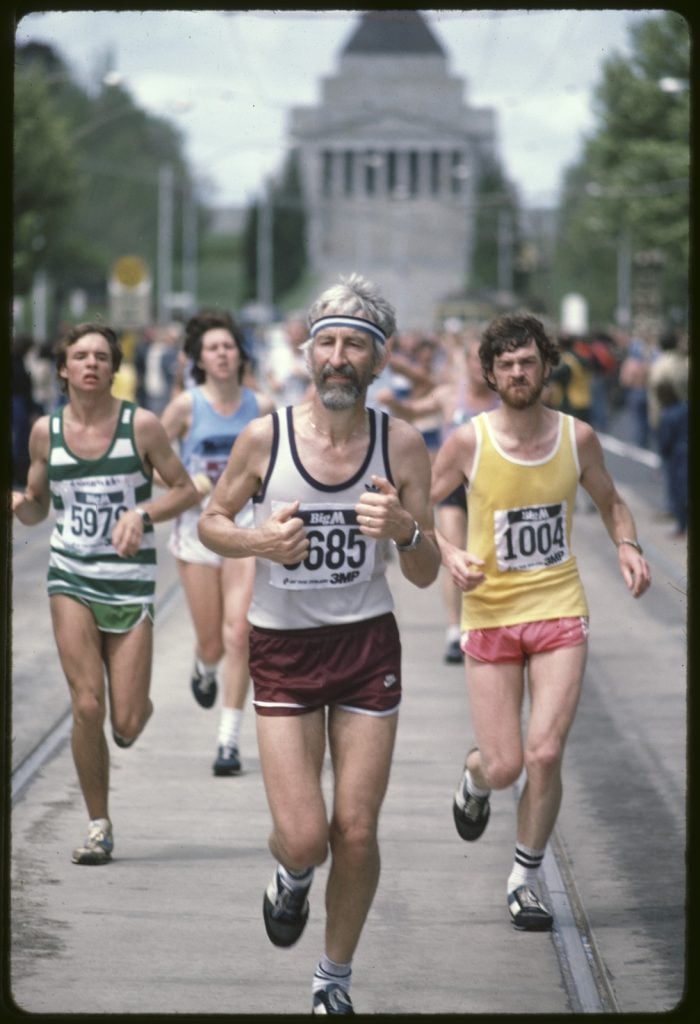
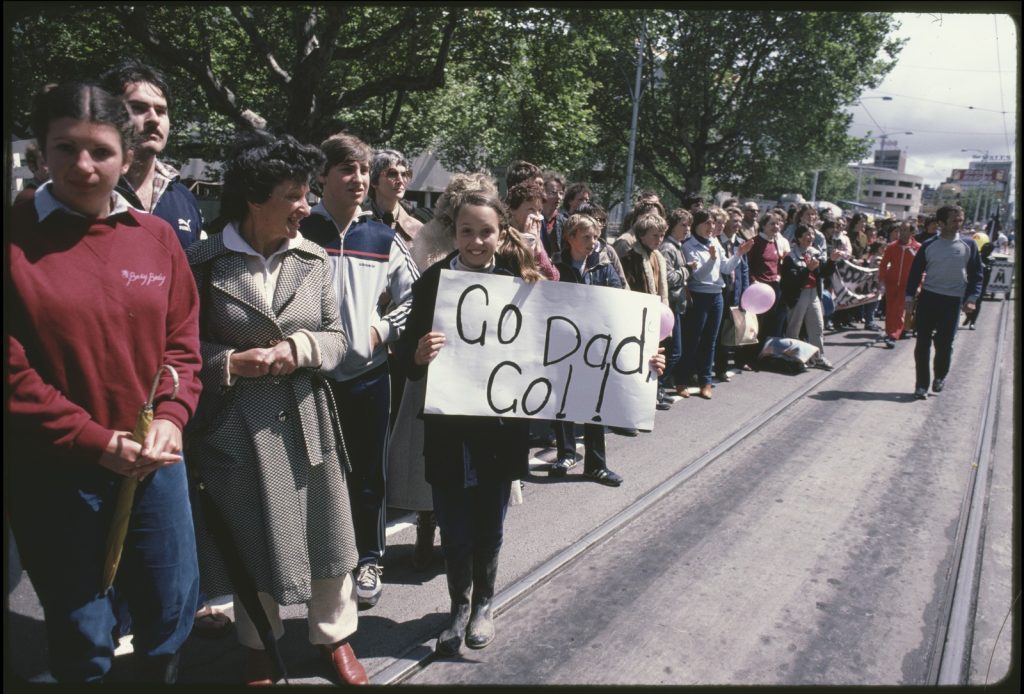
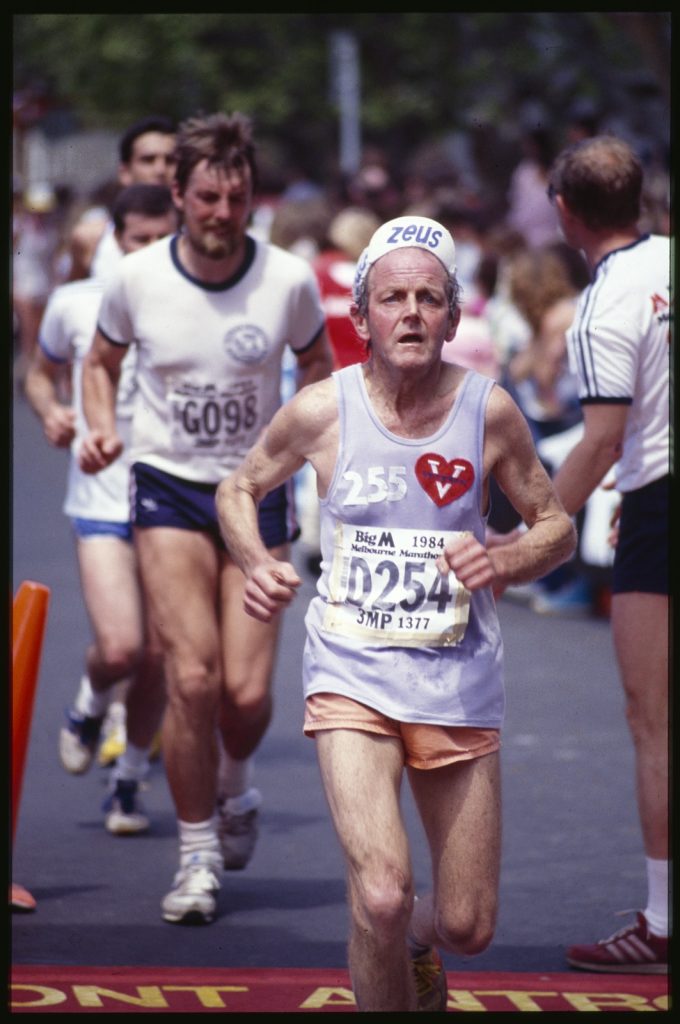
References
- Mornington and Dromana Standard, 16 Oct, 1909, p 3
- Victorian Marathon Club, 2003, The Victorian Marathon Club: Collective Memoir 1946-1994, Victorian Marathon Club, Melbourne, p11
- Athletics Victoria, n.d., History, viewed 15 July 2022, <https://athsvic.org.au/about/history/#:~:text=Victoria’s%20first%20athletics%20club%2C%20the,rules%20for%20a%20proposed%20association>
- Victorian Marathon Club, 2003, The Victorian Marathon Club: Collective Memoir 1946-1994, Victorian Marathon Club, Melbourne, p 12.
- Lovett, C, 1997, Olympic marathon : a centennial history of the games’ most storied race, Praeger, Westport, p 216
- As above
- The Argus, 3 Dec 1956, p 20
- Melbourne Marathon Festival, 2022, Event History, viewed 22 July 2022, <https://melbournemarathon.com.au/eventhistory/>


Great article.
The number of finishers in 2019 was 7019, which is an Australian record for finishers I believe. The 37,185 figure most likely refers to the number of entrants over the several events held as part of the Melbourne Marathon Festival.
Thanks David, glad you enjoyed the blog post. Yes, that 37,185 figure was a bit misleading – I have updated it to just reflect the participants who ran the full marathon. Thanks for picking this up.